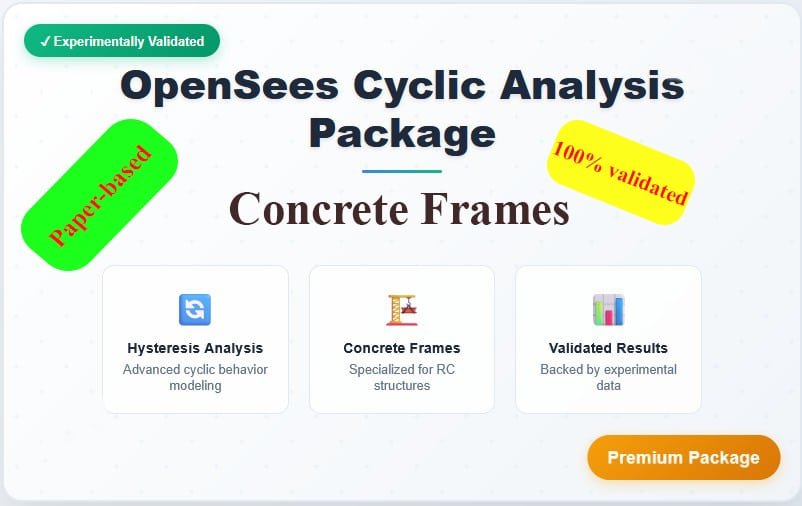

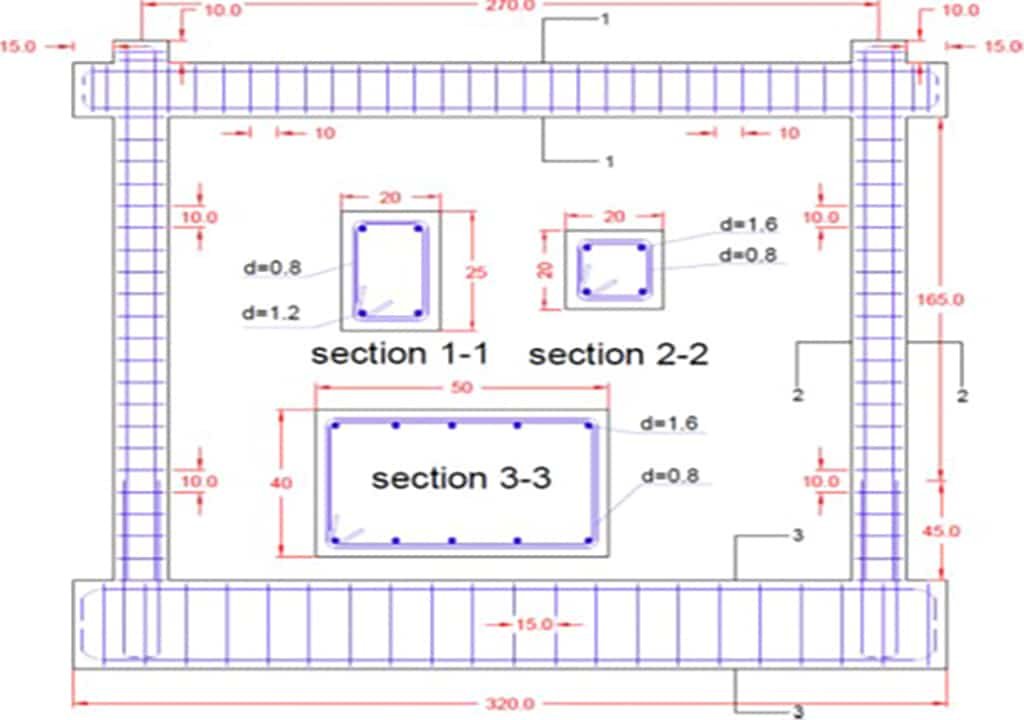
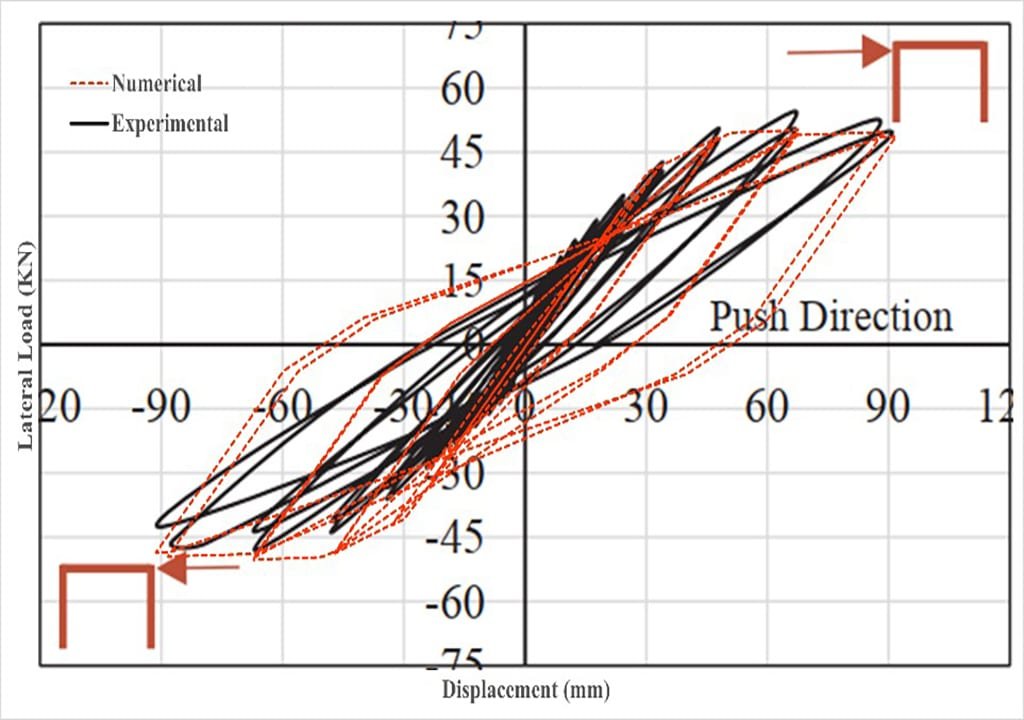
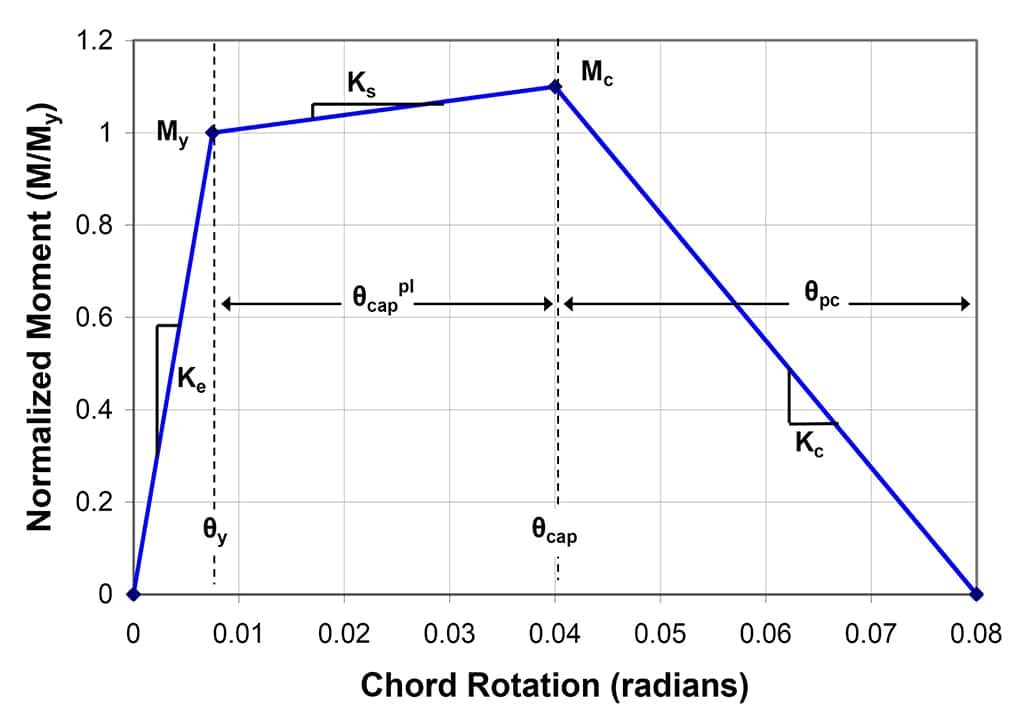
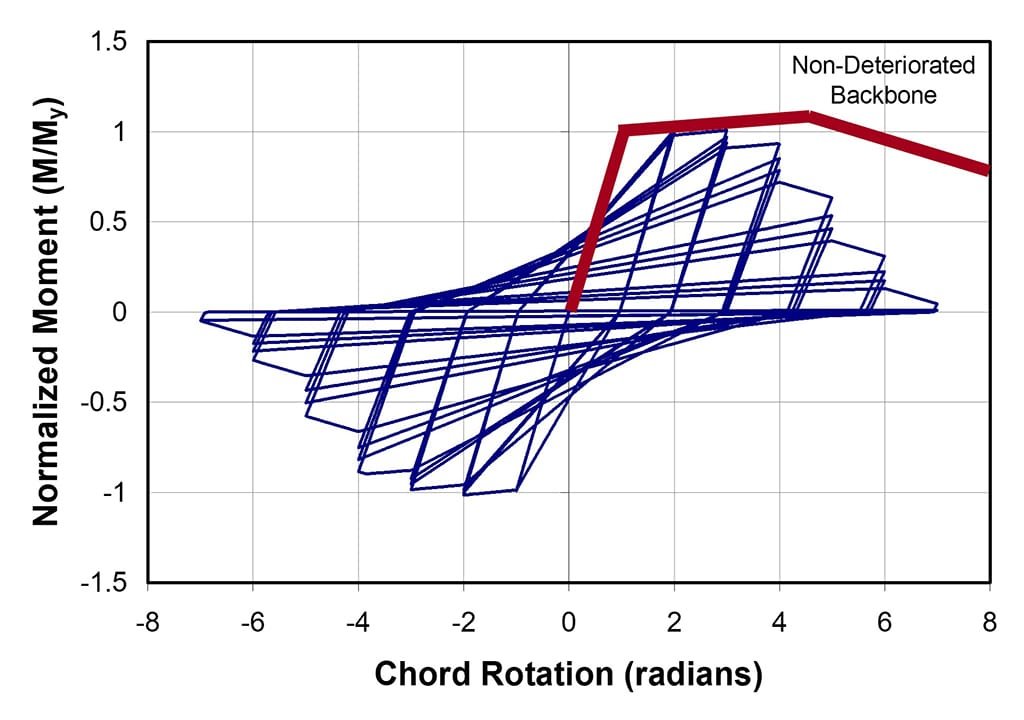
This OpenSees coding package is designed specifically for cyclic (hysteresis) modeling of reinforced concrete (RC) frames. This package delivers accurate, reliable simulations of RC frame behavior under cyclic loading, essential for seismic assessment, retrofitting, and research.
Features:
OpenSees-Powered: Built on OpenSees, the gold standard for nonlinear structural analysis, this package leverages material nonlinearity and advanced hysteresis rules for accuracy;
Precision & Validation: The code has been benchmarked against experimental data, ensuring realistic predictions of strength degradation, stiffness loss, and hysteretic energy dissipation;
Easy to Use: our ready-to-run scripts allow you to focus on analysis and interpretation rather than debugging.
Includes detailed documentation for deployment.
Ideal for:
Key option:
✔ Advanced Material Models
✔ Accurate Hysteresis Simulation
✔ Flexible Modeling Options
details:
In the current OpenSees project, the seismic behavior of the concrete frame is modeled and validated by the article “Experimental Study on the Performance of a Novel Conical Strip Damper for Seismic Retrofit of Damaged Non-Ductile Reinforced Concrete Frames” by Vafaei et al. (2019). The paper investigates the seismic behavior of reinforced concrete frames lacking sufficient ductility, which have sustained severe damage in past earthquakes. In this study, a full-scale, single-bay, single-story reinforced concrete frame, designed only for gravity loads and lacking proper seismic detailing, was subjected to quasi-static cyclic loading to assess its nonlinear behavior and damage pattern.
Nonlinear modeling of reinforced concrete (RC) members using fiber elements in OpenSees is computationally expensive, yet highly accurate. In contrast, the use of concentrated plastic hinges reduces computational cost by localizing nonlinear behavior to specific regions, although it neglects shear-axial interaction effects. In this regard, the hysteresis model proposed by Ibarra, Medina, and Krawinkler (IMK) (2005) is considered one of the key models for predicting structural behavior, especially near collapse states, as it incorporates parameters for strength and stiffness degradation during cyclic loading. Various modified hysteresis models, such as bilinear, peak-oriented, and pinching models, have been developed. These employ energy-based parameters to simulate four main modes of cyclic degradation:
Reduction of base strength
Reduction of post-peak strength
Degradation of unloading stiffness
Degradation of reloading stiffness
These models, when calibrated with experimental data, are capable of realistically simulating the critical degradation characteristics of materials. Over recent years, the IMK model has been enhanced with multiple revisions, including redefinition of parameters and improved simulation of degradation. The modified version by Lignos and Krawinkler (2012) that is utilized in this package, redefines the post-yield to initial stiffness ratio and parameters influencing plastic deformation and energy dissipation capacity. Furthermore, it enables modeling of asymmetric behavior under bidirectional loading and accounts for different reinforcement arrangements at the top and bottom of the member. In this validation, a modified peak-oriented hysteresis model is used to simulate the nonlinear cyclic behavior of RC beam-columns. This model is defined by a tri-linear backbone curve and includes parameters such as cyclic degradation, post-peak stiffness reduction, and residual strength. The calibrated parameters for defining the IMK peak-oriented hysteresis material in OpenSees are also introduced.

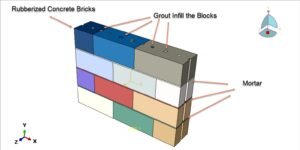
Abaqus
€79,00 €38,00
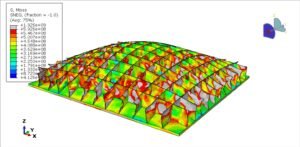
Abaqus
€68,00 €34,00
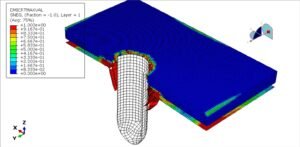
Abaqus
€77,00 €39,00
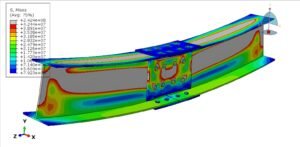
Abaqus
€79,00 €39,00
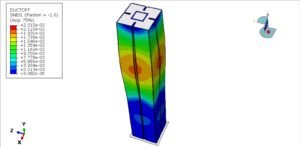
Abaqus
€75,00 €37,00
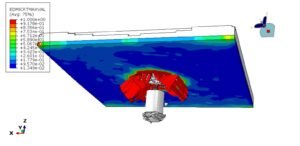
Abaqus
€76,00 €38,00
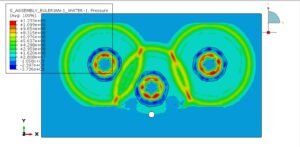
Abaqus
€79,00 €38,00
See more

Want to receive push notifications for all major on-site activities?